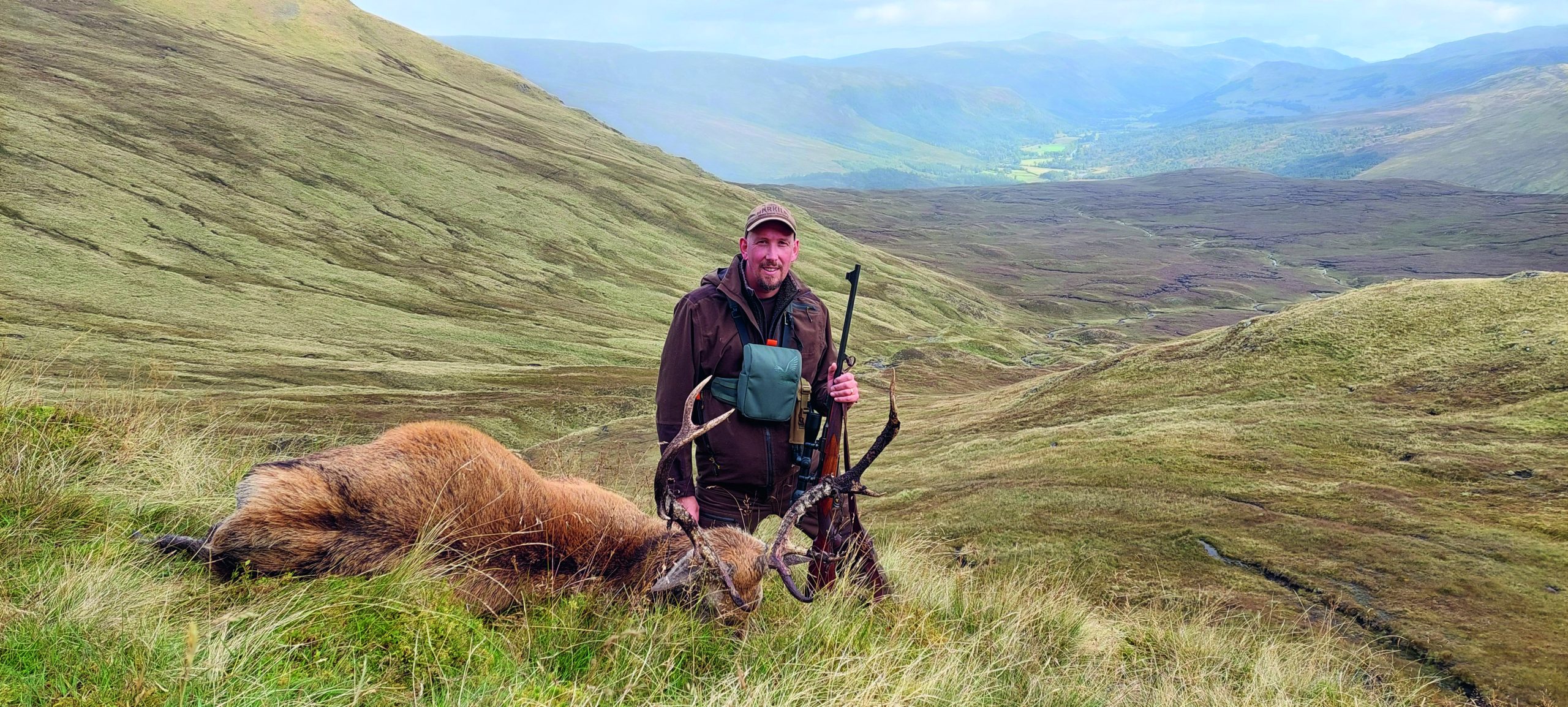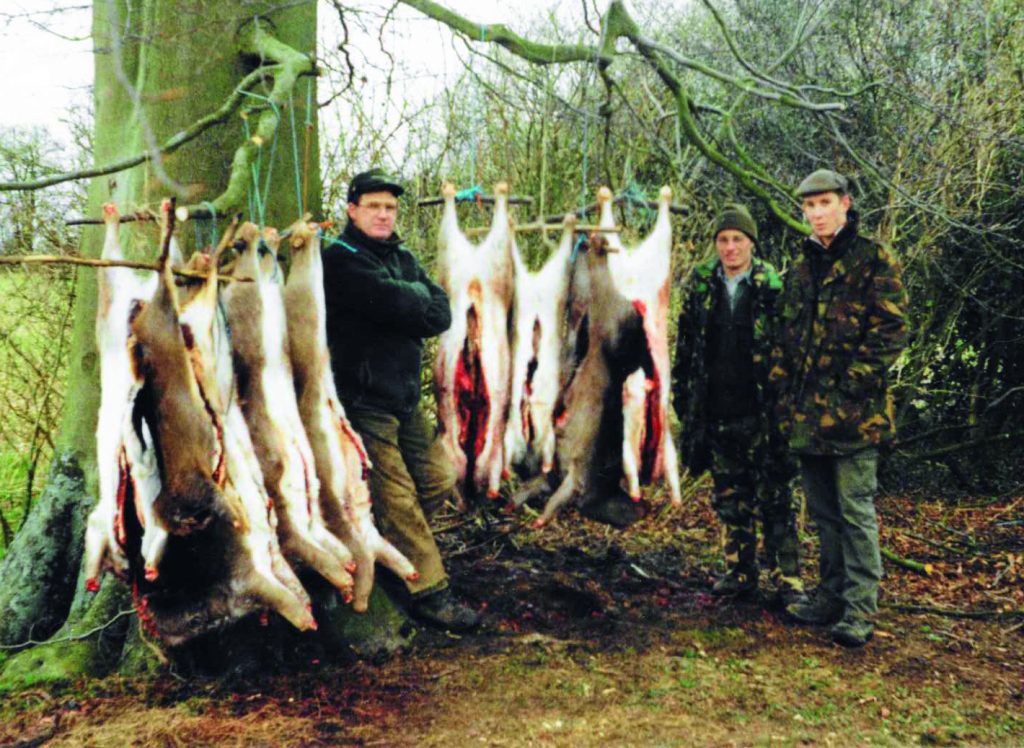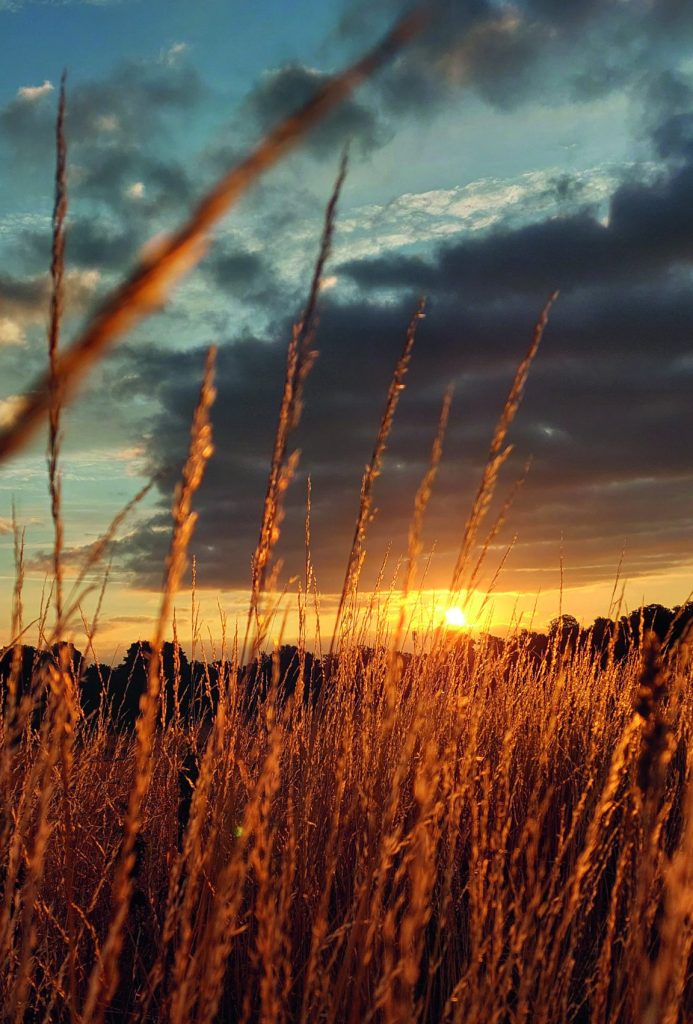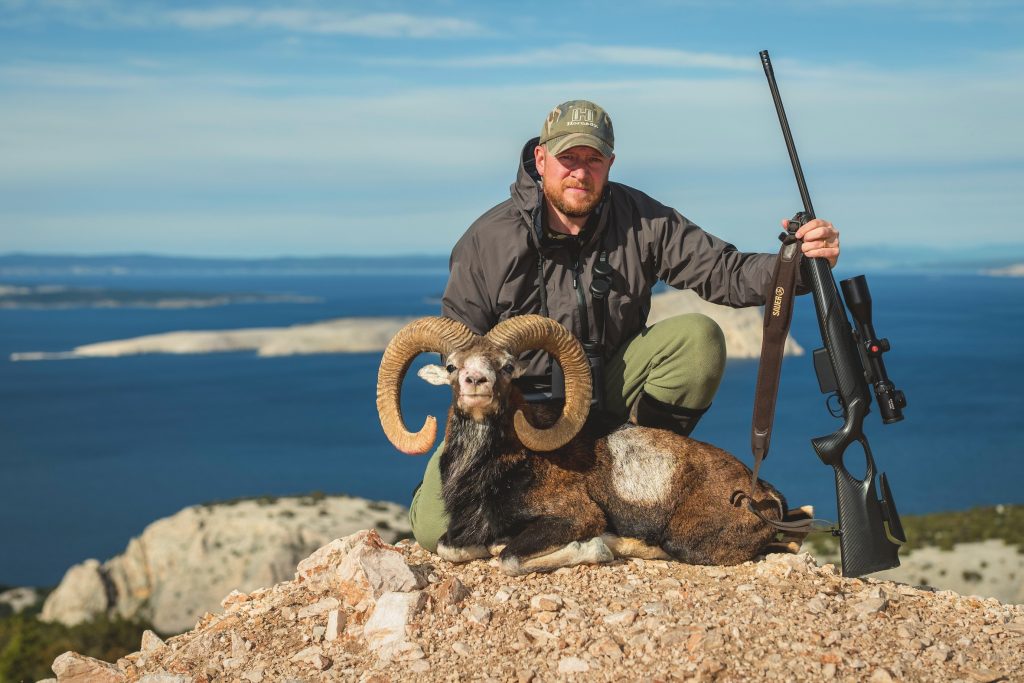How to Start Deer Stalking in the UK
In the opening part of a brand-new series, deer manager Chris Rogers examines the UK’s expanding deer population and the opportunities it presents for first-time stalkers.
 Chris with an old
Perthshire red stag
Chris with an old
Perthshire red stag
Over the past few decades, deer numbers across the UK have increased dramatically. By 2025, there are now very few counties without wild deer. Once an animal that most people only glimpsed occasionally, deer are now a familiar sight at the edges of fields, on the roadside, and even visible from motorways. While these growing populations are a privilege to observe, they also bring significant challenges, with damage to forestry, farmland and natural habitats now a pressing concern.
There are six species of wild deer in the UK. Red and roe are native, fallow are considered naturalised, while sika, muntjac and Chinese water deer were introduced, often escaping from Victorian estates. All six are protected by law, and anyone interested in deer stalking must understand the open seasons and regional differences in regulations, particularly between Scotland and the rest of the UK and Ireland.
The phrase “there are more deer in Britain now than at any time in history” is often repeated. Whether or not it is literally true, there is no doubt that populations are higher than in living memory. For me, graduating from Sparsholt College in the early 2000s, this population boom created the chance to work in deer management without having to head north to Scotland. Alongside rising deer numbers came a surge in recreational stalking — a trend that continues to grow.
What is the difference between deer stalking and management?
The language around deer hunting has also evolved. What was once widely known as stalking is now often described as deer management. This reflects not only public perception — the word “stalker” carries certain negative connotations — but also the practical reality of modern deer control.
Traditionally, stalking on the Scottish hills was as much about trophy antlers and selective breeding as it was about culling. Today, the emphasis is on population control to protect ecosystems, reduce agricultural damage and ensure animal welfare. Managing numbers improves body condition by reducing competition for food, but unselective culling does not always enhance antler quality. The role of a deer manager is therefore both ecological and practical.

How to get started in deer stalking
So how does a complete beginner move from curiosity to becoming an active deer stalker? Despite the healthy deer populations, opportunities are not always easy to come by. The simplest entry point is through contacts: if you know someone who stalks, ask if you can join them. This allows you to see what is involved and whether the activity is something you want to pursue seriously.
For those without contacts, there are several good options. The Deer Initiative thedeerinitiative.co.uk publishes detailed Best Practice Guides covering all aspects of management. Shooting organisations regularly run introduction days, and booking a guided stalk through a professional estate or deer-stalking company is an excellent way to gain first-hand experience. These outings often include the use of an estate rifle, instruction on safe handling, and in some cases, the chance to take your first deer under professional supervision.
Costs vary. Many reputable providers charge between £150 and £200 per outing, usually including the opportunity to cull one animal, with an additional fee if you want to keep the carcass. Some charge a lower outing fee but add set rates for each deer taken. While this can be good value, it is worth being cautious; if you return several times without a shot, it may be time to try a different operator.

What equipment do you need?
Beginners often worry about equipment, but in reality you need very little to get started. A novice can borrow a rifle on private property as long as they are aged 17 or over and the legal owner of that rifle – who is aged at least 18 – is supervising them at all times. There is no need for them to hold a firearms certificate. Expensive clothing is unnecessary. Dull-coloured, quiet outdoor clothing will suffice, along with a wide-brimmed hat or peaked cap to shade your face. A neck gaiter or buff and a pair of gloves help cover exposed skin, making you less visible to sharp-eyed deer.
Sturdy waterproof boots are essential, with the exact type depending on the terrain. High ground, marsh or summer grass may require taller boots or gaiters to prevent discomfort. A pair of good, but not necessarily expensive binoculars is the one essential piece of kit; most of your time will be spent glassing for deer or watching other wildlife. Beyond this, the key is enthusiasm and a willingness to learn.

A final thought
Deer stalking in the UK is not for everyone, but for many it offers something deeper than other forms of shooting. The chance to harvest wild, sustainable venison for the table is a huge draw, with the added satisfaction of contributing to responsible wildlife management.
Over the coming months, this series will explore what beginners really need to know: applying for a firearms certificate, deer-stalking qualifications, choosing the right rifle calibre, and the kit that makes the difference in the field.
Chris Rogers presents the Deer Management series on Shooting & Country TV. If you are interested in stalking with Chris on the Euston estate and other areas, email: eustondeerhunting@yahoo.co.uk
Related Articles
Get the latest news delivered direct to your door
Subscribe to Rifle Shooter
Elevate your shooting experience with a subscription to Rifle Shooter magazine, the UK’s premier publication for dedicated rifle enthusiasts.
Whether you’re a seasoned shot or new to the sport, Rifle Shooter delivers expert insights, in-depth gear reviews and invaluable techniques to enhance your skills. Each bi-monthly issue brings you the latest in deer stalking, foxing, long-range shooting, and international hunting adventures, all crafted by leading experts from Britain and around the world.
By subscribing, you’ll not only save on the retail price but also gain exclusive access to £2 million Public Liability Insurance, covering recreational and professional use of shotguns, rifles, and airguns.
Don’t miss out on the opportunity to join a community of passionate shooters and stay at the forefront of rifle technology and technique.




